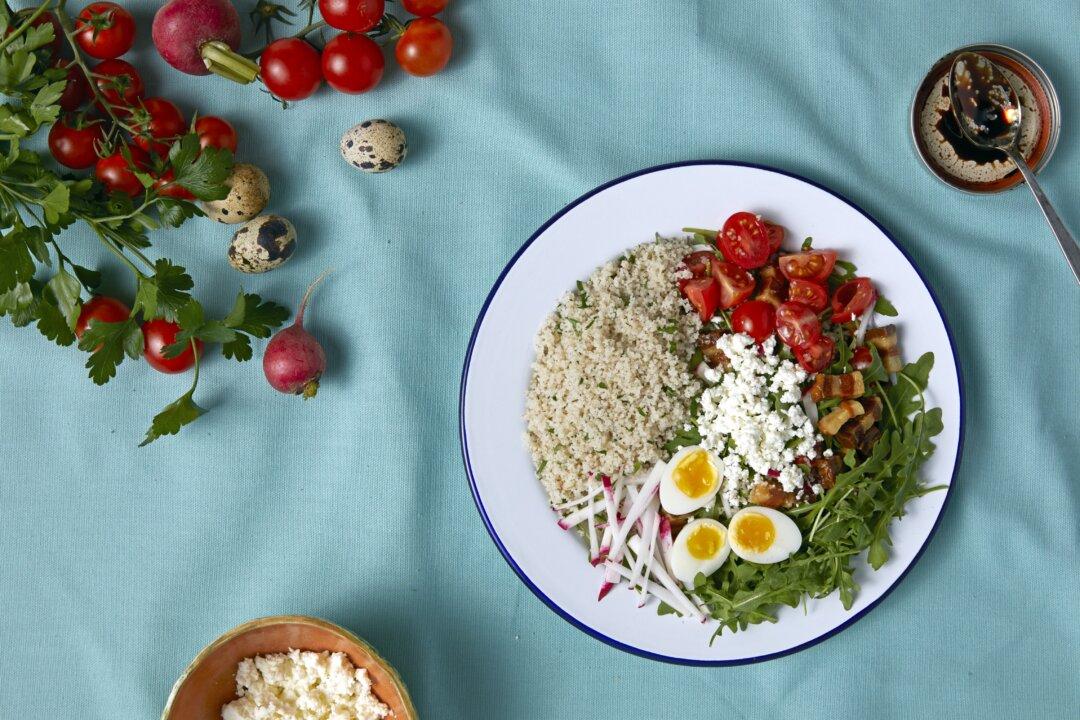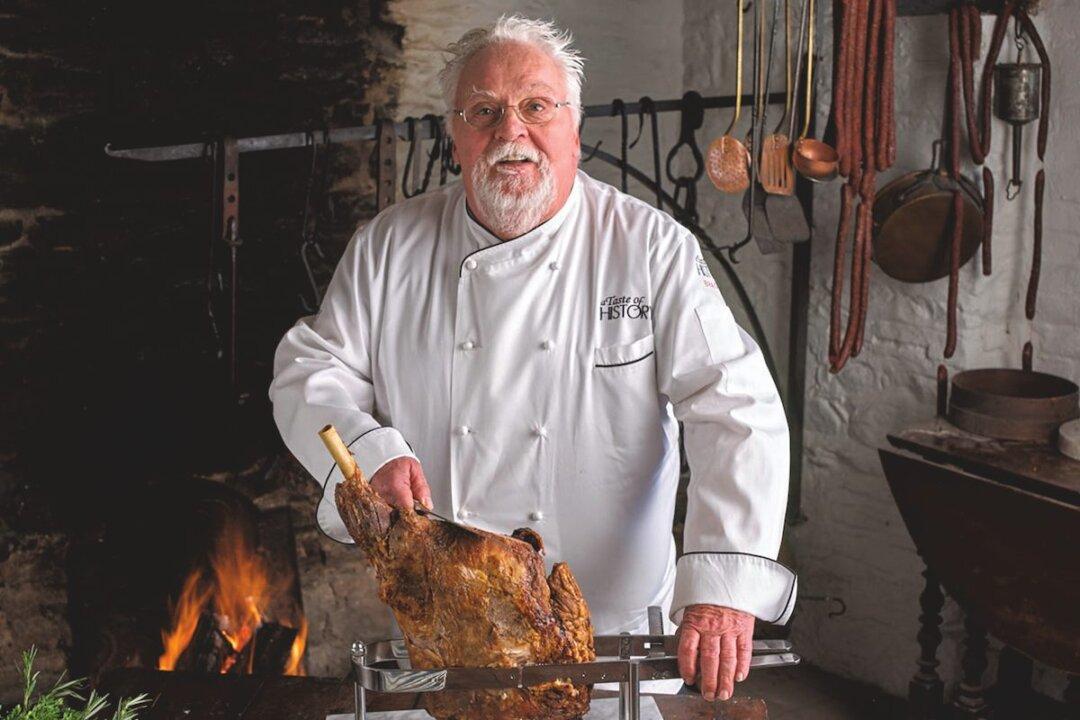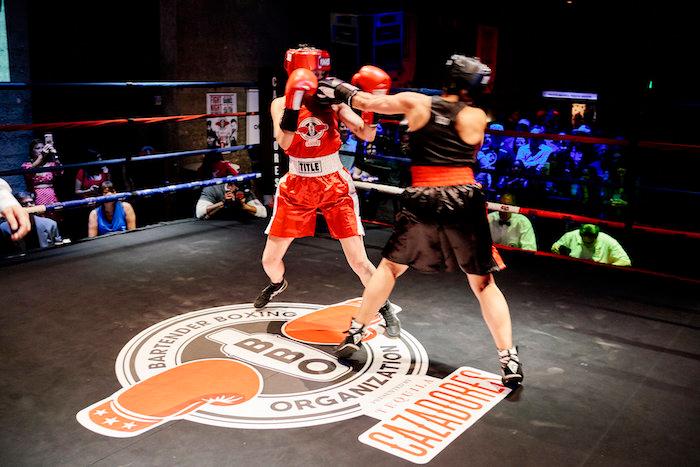From films noirs to spy flicks, “The Thin Man” to “Lost in Translation,” the nightcap has long figured on the silver screen—and therefore in our collective consciousness—as a symbol of glamour, a pretext for romance, a driver of intrigue, a means to repose. Thanks to Bogie, Bond, and even Leslie Nielsen, we understand it as a concept. But can we define it as a specific drink?
The short answer is “no.” The long answer, however, is far more interesting, as acclaimed spirits writer Kara Newman discovered while researching her new book, “Nightcap: More Than 40 Cocktails to Close Out Any Evening.”





